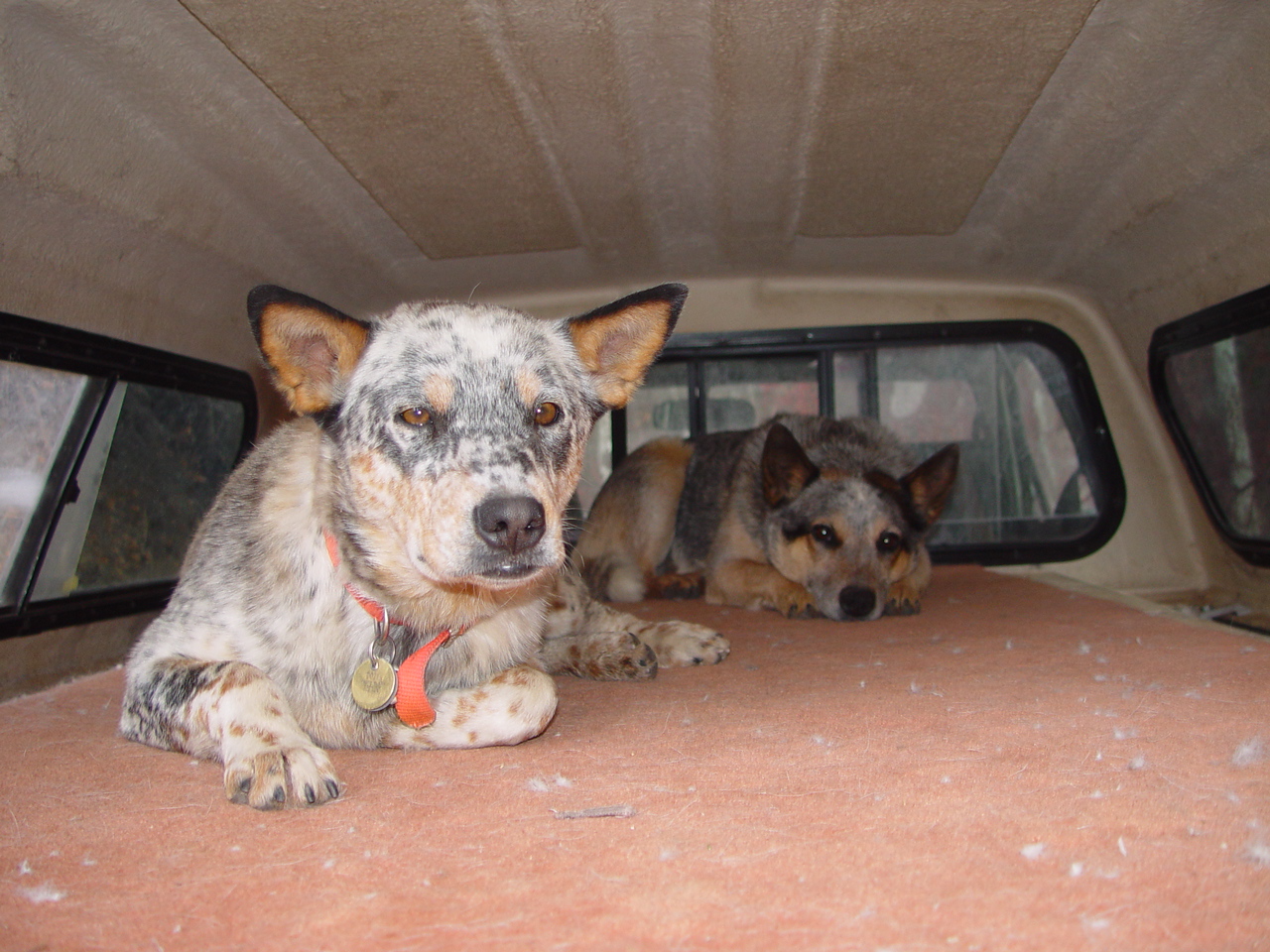My experience is that many of us get a dog because we desire that sidekick that accompanies us everywhere, sitting patiently outside of shops or work or school for us to come out for another chance to be with us. My dog Max was that way. It came relatively easy, not because I’m some sort of dog whisperer or expert at dog obedience training, but because Max and I spent a year traveling right after I got him, and we were constantly together.
In order to be able to really have that kind of relationship with your dog, you have to invest a lot of time and energy. Even after a lot of dog obedience training they will likely be far from perfect but will be surprisingly easy to deal with, whether you are traveling on your own or with us at Happy Tails Canine Adventure Tours. Whether staying at pet friendly hotels, flying with your dog, or exploring amazing new places like the U.S. National Whitewater Center or Dog Friendly Asheville, or simply having them relax calmly next to us while we eat at a great dog friendly restaurant, dog obedience training is the most rewarding and most important gift that you could give to your dog, and to yourself.

Traveling with your dog is a great way to deepen that relationship including your communication, and that’s a big part of why we created Happy Tails Tours. But for most people with a limited amount of vacation time, they will have to start at home before hitting the road. There are different modalities or schools of thought in dog training, and again, you do not have to be a dog whisperer! Any good dog trainer that you work with will be able to give you a “set of tools” or techniques that require little to no expertise as long as you use the tools correctly and consistently. So whether you are a proponent of positive reinforcement training (such as clicker training), a follower of the dog whisperer, or any other method or combination of techniques, the key is to commit 100% and follow through.

The most important thing is consistency. Dogs are going to constantly test you both during dog obedience training and throughout their life. As hard as it can be, our rules have to be non-negotiable in order to achieve success. If you don’t want them to beg at the table, you can never break the rule of not feeding them at the table. You could enforce it 9 times out of ten, but that tenth will let them know that there’s always a chance that this time could be that one time when begging and bad behavior pays off. The same goes for any other rule. If you tell them to sit, they need to sit. If you don’t follow through, then they will think to themselves, “It’s ok, she isn’t serious. I’ll do it next time.” And if you have to tell them twice, or as some people do, five times, then they learn that “I don’t have to sit until the 5th time.” Or “…until he gets that loud voice.” Sound familiar? I know enough from my own experience with our three dogs that I could probably write more on dog obedience training don’ts and mistakes than on what to do.
So the question is how do we get consistency. It starts with the simple basics and in my next blog, I’ll go into detail, such as the importance of setting your dog and thus yourself up for success!
More in Dog Travel Tips




















